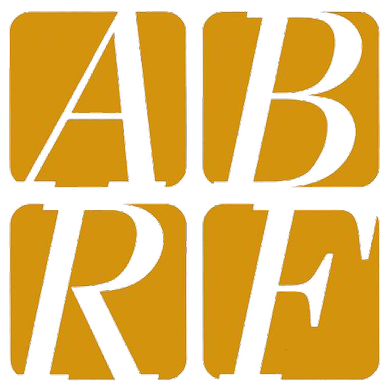Microbes in Space: Issues and Solutions about “Omics in Space”
Microbiome of environmental surfaces and atmosphere samples in the International Space Station (ISS) were characterized in order to examine the relationship to crew and hardware maintenance. The Microbial Tracking projects generated a microbial census of the ISS environments using advanced molecular microbial community analyses along with traditional culture-based methods. Since the “omics” methodologies generated an extensive microbial census, significant insights into spaceflight-induced changes in the populations of beneficial and/or potentially harmful microbes were gained.
Lessons learned from ISS missions on the microbial prevalence using iTag sequencing, metagenomes, and resistomes will be discussed. In addition, while characterizing ~3,000 bacterial and fungal strains several novel species were discovered and characterization of these novel species will be presented. The virulence characteristics of fungi as well as production of secondary metabolites that are of biotechnological importance are revealed.
The findings from the Environmental “Omics” project (basic science) should be exploited to enhance human health and well-being of the closed system. In other words, the microbial tracking research aims to “translate” findings in fundamental research into medical practice (pathogen detection) and meaningful health outcomes (countermeasure development). The “omics” data sets were placed in the NASA GeneLab bioinformatics environment-consisting of a database, computational tools, and improved methods- that would subsequently be made open to the scientific research community to encourage innovation.

